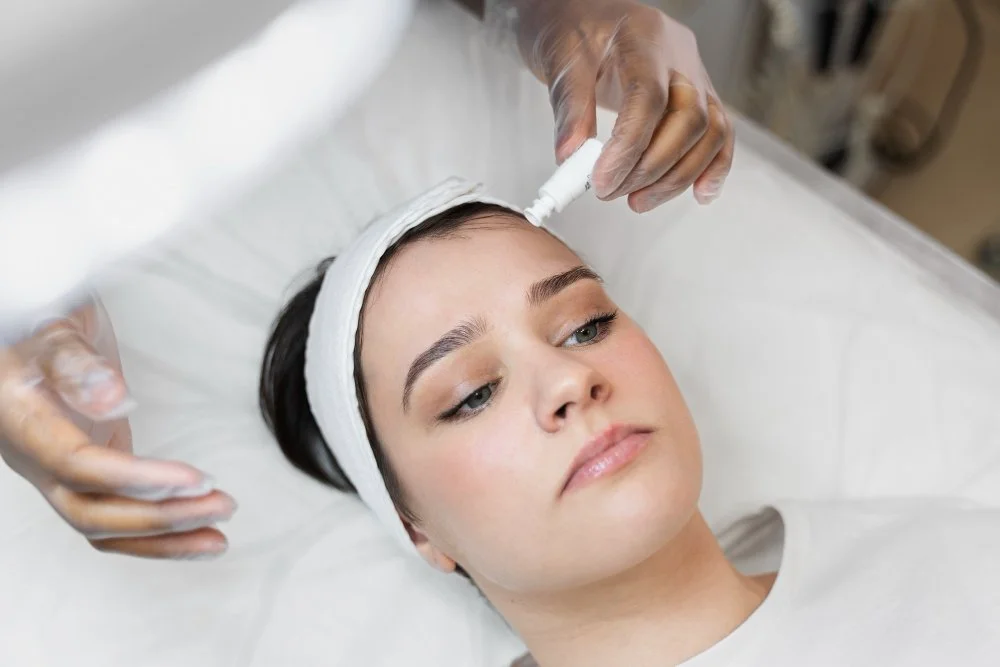Platelet-rich plasma (PRP) facial treatments have gained popularity as a cosmetic procedure that uses your body’s own blood components to rejuvenate skin. This treatment involves drawing a small amount of your blood, processing it to concentrate the platelets, and then applying or injecting the plasma back into your facial skin. Understanding what happens during your first appointment helps you prepare for the procedure and know what to anticipate throughout the process.
Preparing for Treatment
Your PRP appointment begins with a thorough consultation where your practitioner reviews your medical history and discusses your skin concerns. They will examine your facial skin to determine the most appropriate treatment approach for your specific needs. This evaluation helps identify areas that would benefit most from the PRP application.
Before the procedure starts, your practitioner will cleanse your face thoroughly to remove makeup, oils, and impurities. They may also apply a topical numbing cream to minimize discomfort during the treatment, particularly if micro-needling will be used alongside the PRP application. The numbing cream typically takes 20 to 30 minutes to take full effect.
You should arrive at your appointment well-hydrated and having eaten a light meal beforehand. This preparation helps prevent lightheadedness during the blood draw portion of the treatment. Your practitioner will also photograph your skin to document your baseline appearance for future comparison.
Processing and Application
The blood draw represents the next step in your PRP facial treatment. Your practitioner will draw approximately 10 to 20 milliliters of blood from your arm, similar to a routine blood test. This small amount provides sufficient material for the facial treatment while causing minimal discomfort.
The collected blood goes into a centrifuge machine that spins at high speeds to separate the different blood components. This process takes about 10 to 15 minutes and isolates the platelet-rich plasma from the red blood cells and other components. The resulting golden-colored plasma contains concentrated platelets and growth factors.
Your practitioner then applies the PRP to your facial skin using one of several methods. They may use micro-needling, which creates tiny punctures in the skin to allow deeper penetration of the plasma. Alternatively, they might apply the PRP topically after other skin treatments like microdermabrasion. Some practitioners inject the PRP directly into specific areas using fine needles, though this approach is less common for facial treatments.
Recovering Post-Treatment
Following the PRP application, your skin may appear red and feel slightly tender, similar to a mild sunburn. This reaction is normal and typically subsides within 24 to 48 hours. Your practitioner will provide specific aftercare instructions to optimize your healing and results. You should avoid direct sun exposure for at least 24 hours after treatment and apply a broad-spectrum sunscreen when going outdoors.
Most people can return to their regular activities immediately after treatment, though you may want to schedule your appointment before a weekend to allow for any initial redness to subside. Your practitioner will schedule a follow-up appointment to monitor your progress and determine if additional treatments would be beneficial. The complete healing process takes several weeks, during which you may notice gradual improvements in skin texture and appearance.
Learn More About PRP
Your first PRP facial treatment provides the foundation for understanding how your skin responds to this procedure. Most practitioners recommend a series of treatments spaced several weeks apart to achieve optimal results. Your practitioner will develop a personalized treatment plan based on your skin’s response and your aesthetic goals.


Leave a Reply